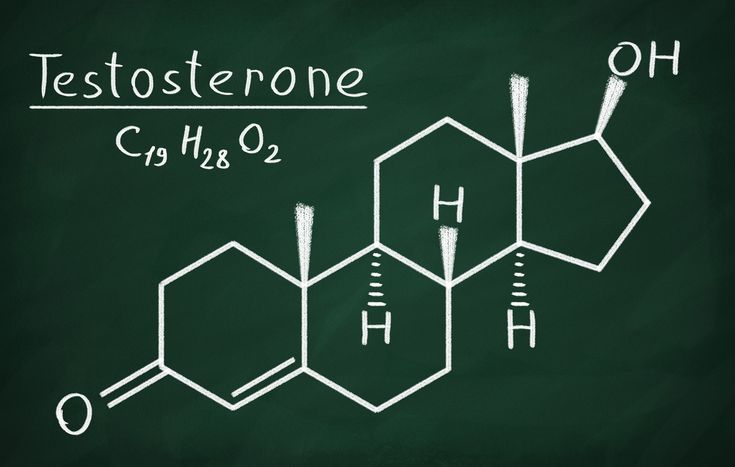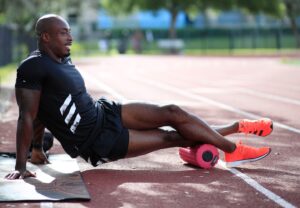How Exercise Boosts Your Testosterone: A Comprehensive Guide

Introduction to Testosterone and Exercise
Testosterone is the powerhouse hormone for men, but did you know it plays a big role in women’s health too? It fuels muscle growth, boosts energy, and even enhances mood. But what if your levels are low? The good news is that exercise can naturally increase testosterone. In this article, we’ll dive into how exercise impacts testosterone, the best workouts to focus on, and tips to maximize your hormone levels.
What is Testosterone?
The Importance of Testosterone in the Body
Testosterone is a vital hormone, especially for men. It helps regulate libido, bone mass, fat distribution, muscle mass, and strength. Beyond just physical attributes, it also plays a role in your mood and overall energy levels. For women, although it’s produced in smaller amounts, testosterone is still critical for maintaining muscle tone and overall vitality.
Signs of Low Testosterone
If you’re feeling fatigued, noticing a decrease in muscle mass, or experiencing a dip in your sex drive, low testosterone might be the culprit. Other signs include difficulty concentrating, mood swings, and even hair loss.
How Exercise Impacts Testosterone Levels
The Science Behind Testosterone Production
When you exercise, particularly with intensity, your body signals the production of testosterone to support muscle repair and growth. Testosterone is produced in the testes in men and ovaries in women, with the pituitary gland helping regulate these levels. When you lift weights or engage in high-intensity exercise, your body creates a need for more testosterone to handle the physical stress, which boosts hormone production.
Types of Exercise That Boost Testosterone
Not all workouts are equal when it comes to boosting testosterone. The best exercises are those that engage multiple muscle groups, encourage heavy lifting, and push your body to its limits in short bursts. Let’s break down the top types.
Resistance Training and Testosterone
Why Lifting Weights Works
When it comes to boosting testosterone, resistance training reigns supreme. Lifting heavy weights stimulates muscle fibers, and in turn, your body responds by producing more testosterone to aid in muscle repair and growth. The heavier the weight and the more compound movements you perform, the better your hormonal response.
Best Resistance Exercises to Maximize Testosterone
Squats
Squats are the king of all exercises when it comes to boosting testosterone. They engage the largest muscle groups in your body, including your quads, hamstrings, and glutes. This full-body engagement helps stimulate testosterone production.
Deadlifts
Deadlifts are another full-body compound movement that triggers a hormonal response. When you lift heavy with proper form, you activate muscles from your legs to your upper back, encouraging testosterone to rise.
Bench Press
The bench press focuses on your chest, shoulders, and triceps. Since it involves pushing heavy weights, your body once again ramps up testosterone production to support muscle recovery.
High-Intensity Interval Training (HIIT) and Testosterone
How HIIT Increases Testosterone Production
High-intensity interval training (HIIT) involves short bursts of intense exercise followed by brief rest periods. This type of training spikes your heart rate and pushes your body into anaerobic zones, which encourages the release of testosterone.
HIIT vs. Traditional Cardio for Hormone Boost
While steady-state cardio, like jogging, can have its place in fitness, it doesn’t provide the same hormonal boost as HIIT. Traditional cardio can actually lower testosterone levels if done excessively, while HIIT helps maximize your body’s natural hormone production.
The Role of Sleep and Recovery in Testosterone Levels
The Link Between Rest and Hormone Regulation
Getting enough sleep is crucial for testosterone production. During deep sleep, your body repairs tissues and produces more testosterone. Lack of sleep can lead to hormonal imbalances, reducing the effectiveness of your workouts.
Overtraining and Its Negative Impact
While exercising regularly is essential, overtraining can have the opposite effect on testosterone levels. Too much physical stress without enough recovery time can lead to a drop in testosterone, hindering your progress.
Compound Movements vs. Isolation Exercises for Testosterone
Why Compound Movements Are More Effective
Compound movements, which work multiple muscle groups simultaneously, are more effective at boosting testosterone than isolation exercises, which target a single muscle group. Exercises like squats, deadlifts, and overhead presses engage more muscle fibers, leading to a greater hormonal response.
Best Compound Movements for Hormonal Gains
Focus on exercises like barbell rows, pull-ups, and clean-and-jerk movements. These exercises engage various muscles, helping your body produce more testosterone.
The Importance of Diet in Testosterone Production
Nutrients That Support Healthy Testosterone
A balanced diet rich in zinc, vitamin D, and healthy fats is key to supporting testosterone production. Foods like lean meats, eggs, and nuts provide essential nutrients for maintaining optimal hormone levels.
Foods to Avoid for Optimal Hormone Balance
Processed foods, excess sugar, and alcohol can negatively impact testosterone levels. Avoiding these foods will help you keep your hormone levels in check and support your fitness goals.
Lifestyle Factors That Can Affect Testosterone
Stress and Testosterone: The Cortisol Connection
High levels of stress lead to an increase in cortisol, a hormone that can lower testosterone. Managing stress through mindfulness, yoga, or meditation can help keep your hormones balanced.
Alcohol, Smoking, and Their Impact on Hormonal Health
Excessive alcohol consumption and smoking can significantly reduce testosterone levels. Reducing or eliminating these habits can greatly improve your hormonal health.
Conclusion
Boosting testosterone through exercise is not only possible but also essential for overall health. Incorporating the right types of workouts—especially resistance training and HIIT—into your routine can help elevate your testosterone levels. Additionally, proper sleep, recovery, and nutrition play a critical role in maintaining a hormonal balance that supports your fitness journey.
FAQs
What is the best type of exercise to increase testosterone?
The best exercises are compound movements like squats, deadlifts, and bench presses, along with HIIT.
How long does it take for exercise to boost testosterone levels?
Typically, regular exercise can show results in testosterone levels within a few weeks to a few months.
Can too much cardio lower testosterone?
Yes, excessive steady-state cardio can reduce testosterone levels, which is why HIIT is a better option for maintaining hormone balance.
Are supplements necessary for testosterone growth through exercise?
Supplements are not necessary, but nutrients like zinc and vitamin D from natural food sources can help support testosterone production.
How does age affect exercise-related testosterone production?
As you age, testosterone levels naturally decrease, but regular exercise can help slow this decline.


